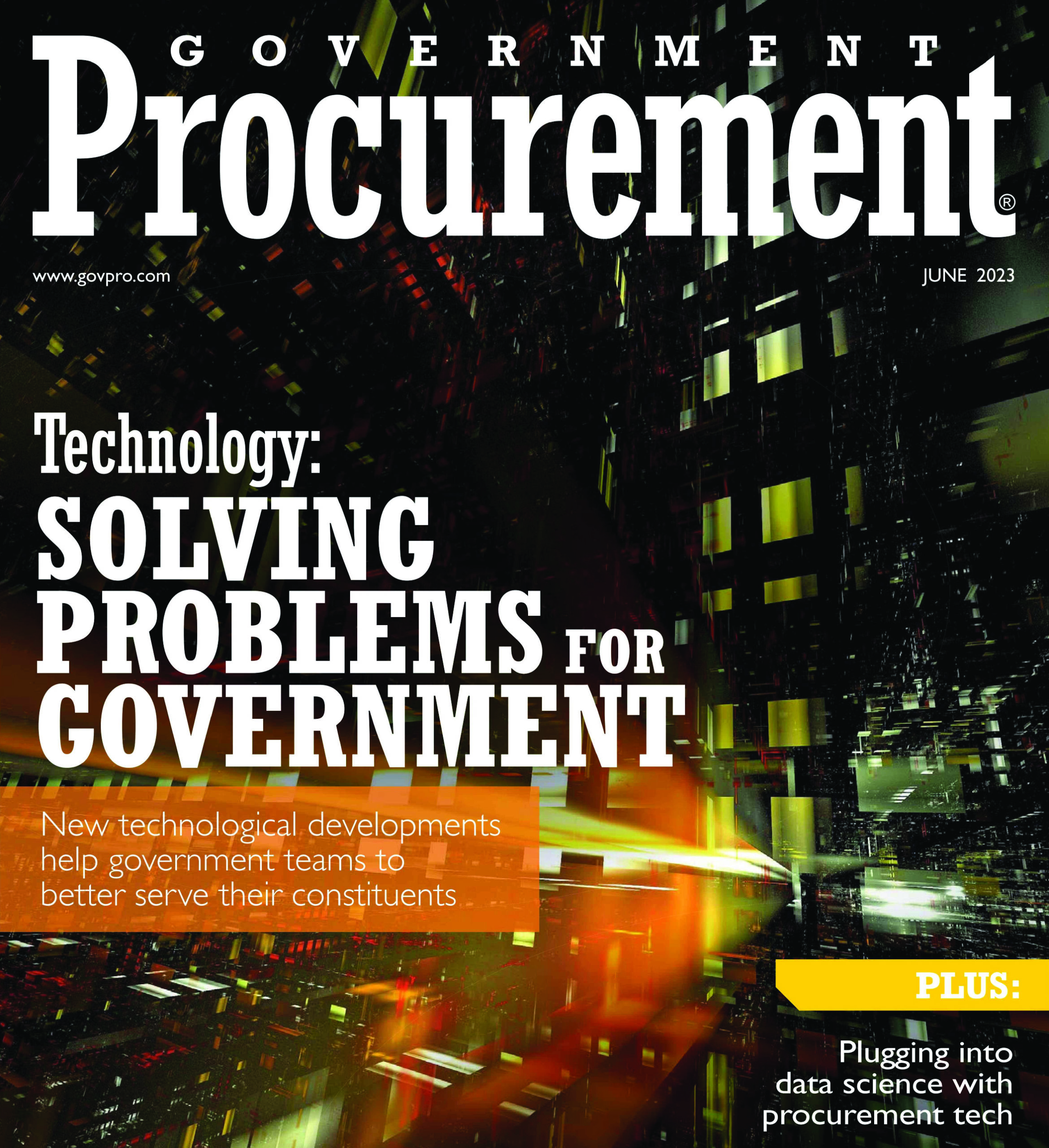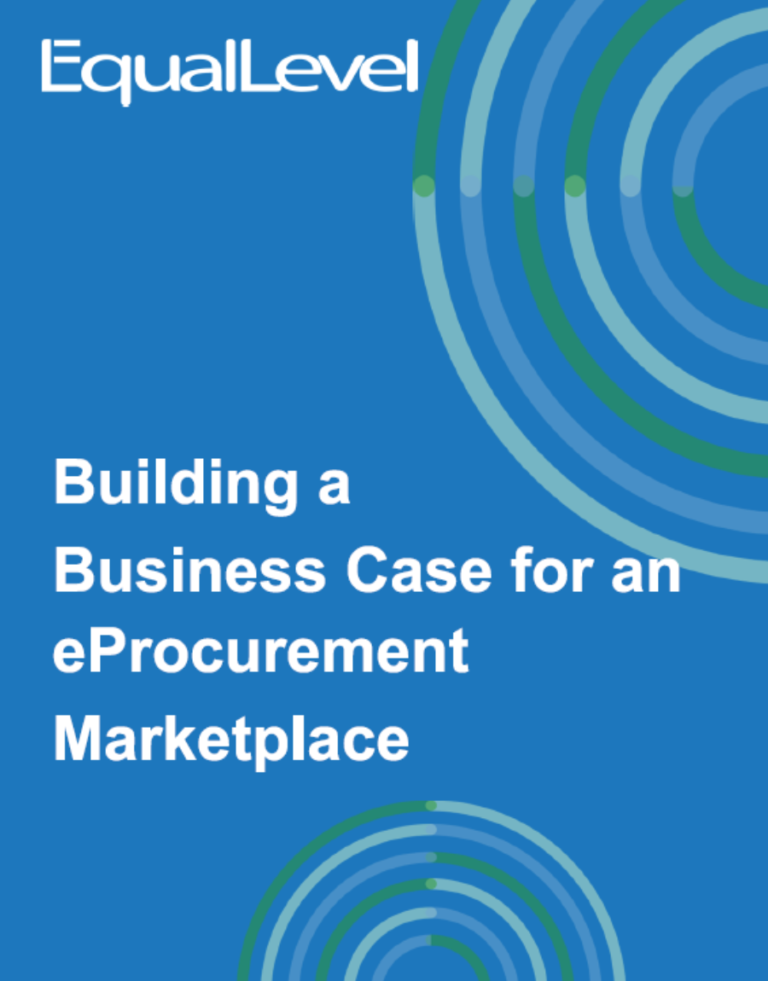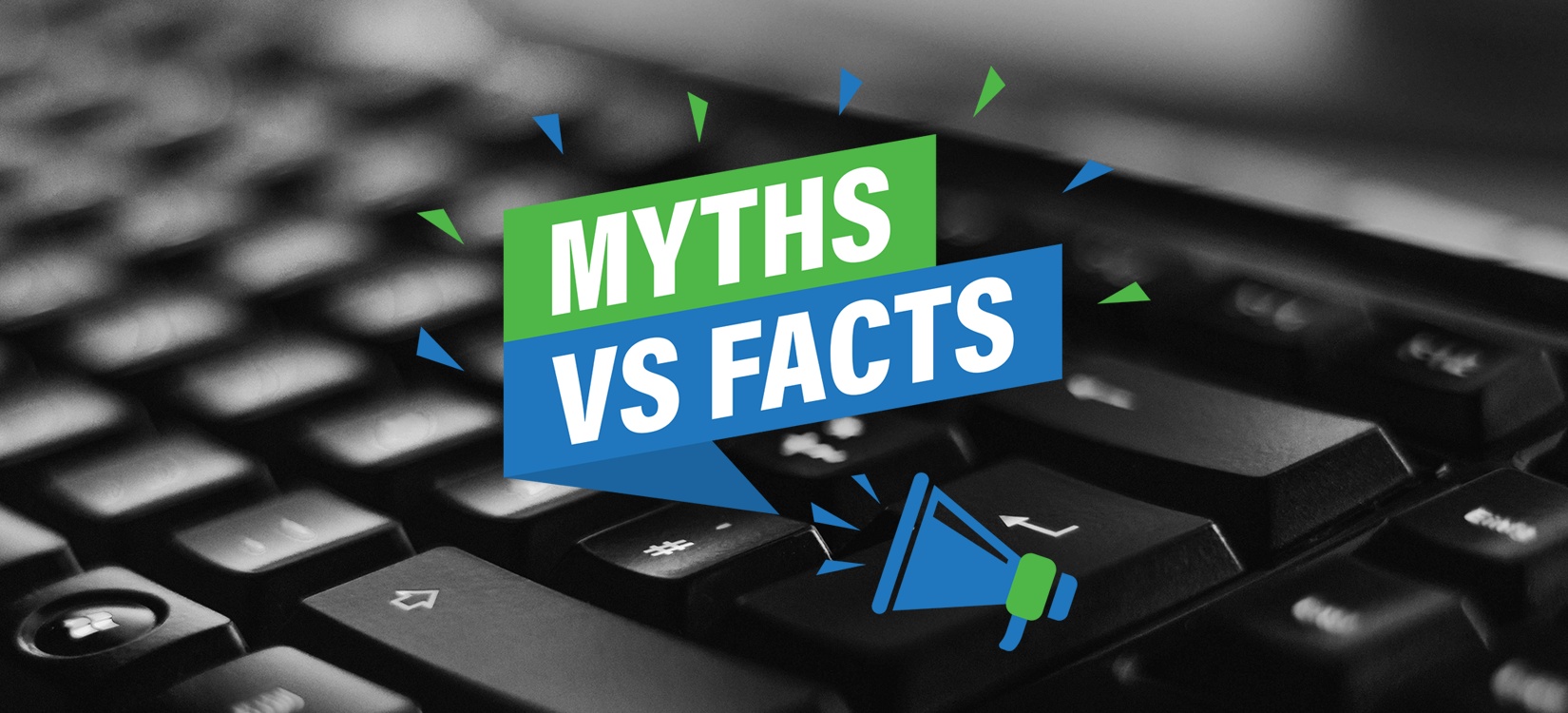In the U.S. today, employee turnover is rising while at the same time the number of applicants for vacant positions is falling. According to a 2021 study by NEOGOV, “about a quarter of all current public sector job postings are getting seven applications or fewer,” much less than the 25 applicants they need to land one hire, according to NEOGOV.
None of this is news to public sector business departments, who have long struggled with high bookkeeper turnover rates. But with hiring prospects so bleak, shouldn’t agencies be considering ways to retain the staff they have?
In a 2021 article by routefifty.com, it was reported that “public-sector organizations devote considerable resources to hiring, but they often overlook retention.” This despite the fact that the financial impact of training and replacing staff members can come with a high price tag for organizations. According to the same article, the costs associated with turnover can be as much as “150% of (an) employee’s annual salary.”
Public Sector Bookkeeping
Bookkeeper turnover continues to be a problem in many public sector agencies. The manual entry involved in the job can be both tedious and time-consuming. It can leave bookkeepers with little time to perform other functions required of their position, and is often cited as a contributor to job dissatisfaction.
Bookkeepers are expected to be knowledgeable of, and to follow, policies and procedures for purchasing goods and services (i.e., correct use of bids, contracts, supporting document requirements, etc.), as well as a host of other competing responsibilities. Among their numerous duties, ordering supplies sits close to the top of the list and requires them to follow specific procedures while at the same time, in a lot of cases, having to use manual processes to enter lengthy requisitions. This alone can take up a large part of their day and come with a high margin for error.
In many organizations, bookkeepers are also tasked with general administrative duties on top of their already overwhelming responsibilities. Despite the important nature of their work and the stress involved, in the United States, the average salary for bookkeepers is $45,560, below the national average salary of $51,480 reported by the U.S. Bureau of Labor Statistics.
Lean Six Sigma Project: Bookkeeper Burnout
In 2018, a team vying for the Lean Six Sigma Green Belt Certification conducted a survey to uncover why bookkeepers employed at one of the largest school districts in the country were leaving. The turnover rate at 26 percent was significantly higher than the widely thought “acceptable rate” of 10 percent for turnover.
Serving close to 100,000 students, the school district employed 85 bookkeepers working in 119 schools. The 26 percent turnover rate amounted to roughly 22 employees leaving their positions per year. The impact for the district in terms of cost of hiring and training, additional support needed after training, and purchasing errors and delays, was sizable.
The Lean Six Sigma team distributed a survey to the district’s 85 bookkeepers, of which 75 percent responded. Almost half reported that they had considered leaving their job, citing stress as the biggest issue they had with their position. 19 bookkeepers responded that they did not have enough time to complete their bookkeeper responsibilities each day, that the amount of work they were expected to perform was not reasonable, and that they did not receive adequate training.
April Marzzacco, a team member on the project, said of the results, “while suspected, the results were still shocking. The number of bookkeepers that were thinking of leaving due to job dissatisfaction was an eye opener for the district. We knew we needed to make improvements to increase their satisfaction, or face a hiring crisis.”
Technology as a Solution
In a lot of organizations, bookkeeper turnover can be traced back to the largely manual nature of the position. In many agencies still operating under a paper-based system, the procurement process is laborious, time-consuming, and error-prone. One of the solutions proposed by the Lean Six Sigma team as a result of their Green Belt project, was to implement new technology to automate purchasing at the district. Automating can lead to faster cycle times and improved productivity, while the elimination of paper and manual steps can free up time for employees to focus on more critical initiatives. “We discussed how using technology to automate some of the bookkeepers’ processes would allow them to spend less time on menial tasks and more time on value added projects. We believed that this would lead to greater job satisfaction and an increase in intrinsic reward,” said Marzzacco.
What is eProcurement?
An eProcurement marketplace is integrated with an organization’s ERP system and offers a single, seamless platform that facilitates all of the processes associated with the shop-order-pay transaction. Because an eProcurement system houses all vendors under a single interface, users are limited to purchasing from only those vendors that have been approved. This allows the eProcurement marketplace to be utilized by more employees, resulting in less reliance on bookkeepers for ordering. It also drastically cuts down on manual entry, allowing bookkeepers to focus on the more value-added duties of their position.
After deploying an eProcurement marketplace in her own school district, Berea City Schools’s bookkeeper Becky Snyder reported the new system was straightforward, affordable, and required minimal user training. “It’s simple, just like we shop online at home,” she said.
In order to combat bookkeeper burnout, organizations must consider automating procurement to eliminate time-consuming manual entry and allow other end-users to make compliant purchases. An effective eProcurement system can help with bookkeeper retention, saving agencies both time and money.
Sources:














